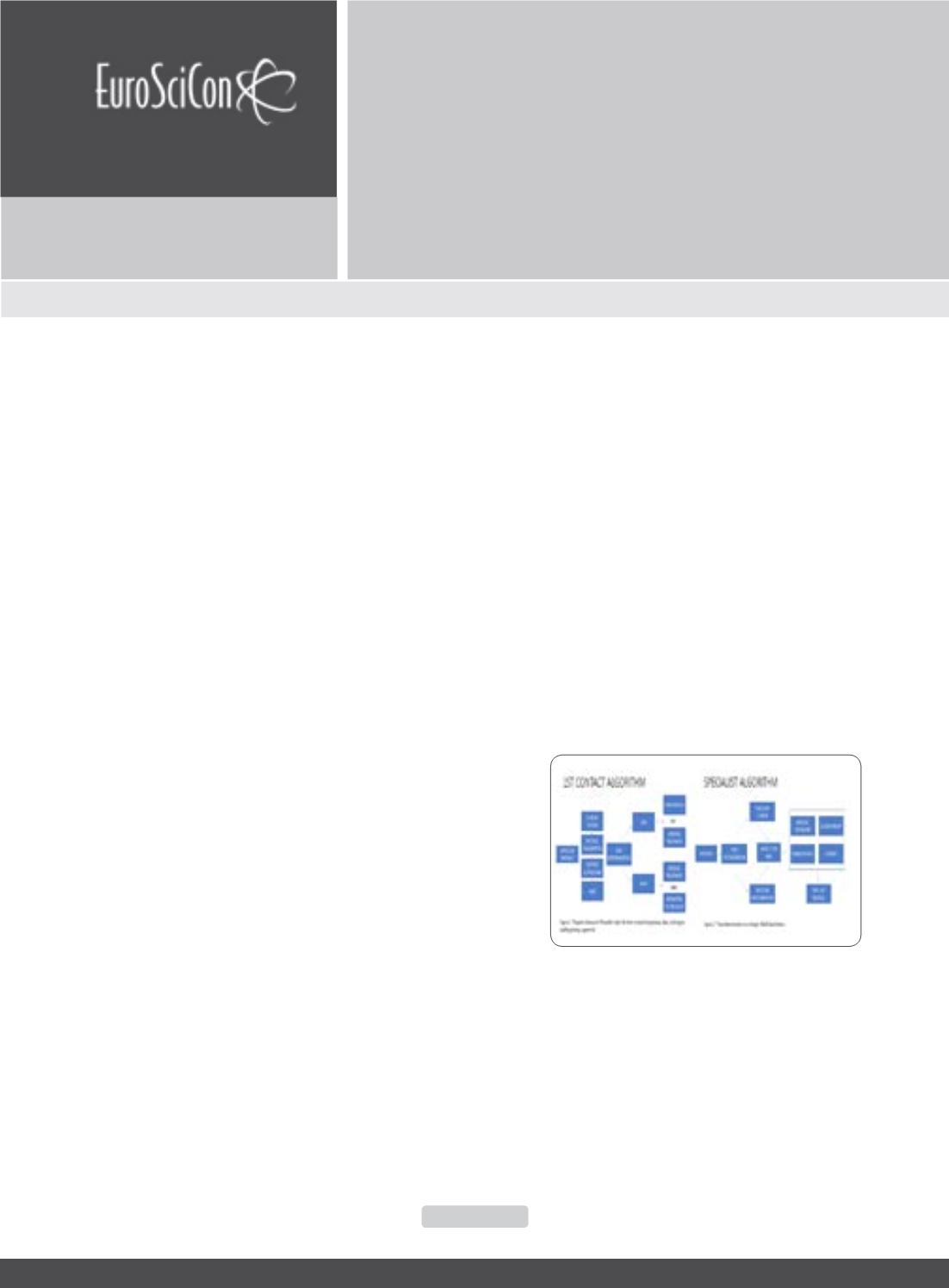

Vascular Surgery 2019
Journal of Vascular and Endovascular Therapy
ISSN: 2573-4482
Page 44
March 28-29, 2019
Rome, Italy
Vascular Surgery
4
th
Edition of World Congress & Exhibition on
An easy algorithm to approach and treat vascular
anomalies, experience in the Vascular Surgery Department
of National Western Medical Center Pediatrics Hospital
Alejandro Celis
IMSS CMNO HPED, Mexico
Alejandro Celis, J Vasc Endovasc Therapy 2019, Volume 4
DOI: 10.21767/2573-4482-C1-005
Statement of the Problem:
Vascular anomalies are a group
of diseases that has been avoided by most of physicians of
any specialty. They have been considered for many years
as untreatable, and there are very few specialized centers
in the world that take care of these patients. As a vascular
surgeon we have been taught that these diseases are
untreatable or that they can be your worst nightmare. The
ISSVA has been the leading association classifying these
diseases and having a biannual meeting to discuss and
show advances in the field. Though, there are fewmembers
around the world, and data has not been rightly spread
through involved physicians.
Methodology & Theoretical Orientation:
More than 100
patients have been treated in our Center by the Vascular
Surgery Department with different vascular anomalies.
Reviewing the results of the treated patients an algorithm
hasbeendeveloped tohaveaneasyapproachand treatment
decision for most cases.
Findings:
An easy algorithm simplifies the way first
contact doctors should approach a vascular anomaly.
Most important concerns are to try to classify the anomaly
according to ISSVA and detecting potentially complications
on time. A good physical examination, basic laboratory
tests, and Doppler Duplex Ultrasound are the basis to try to
approach any vascular anomaly. Most complex cases will
need a referral to specialist, and this specialist can use this
algorithm to simplify the treatment decision.
Conclusion & Significance:
With the spread of an easy
algorithm to approach and treat vascular anomalies,
patients will benefit with a prompt diagnosis and start of
treatment, which will decrease the risk of complications.
This simple algorithm can be used by any physician or
medical center and will also have a great cost/benefit in
institutions, or private practice.
Recent Publications
1. Cox J A, Bartlett E and Lee E I (2014) Vascular
malformations: a review. Seminars in Plastic
Surgery 28(2):58–63.
2. McCafferty I J et al. (2011) Imaging and
management of vascular malformations.
















